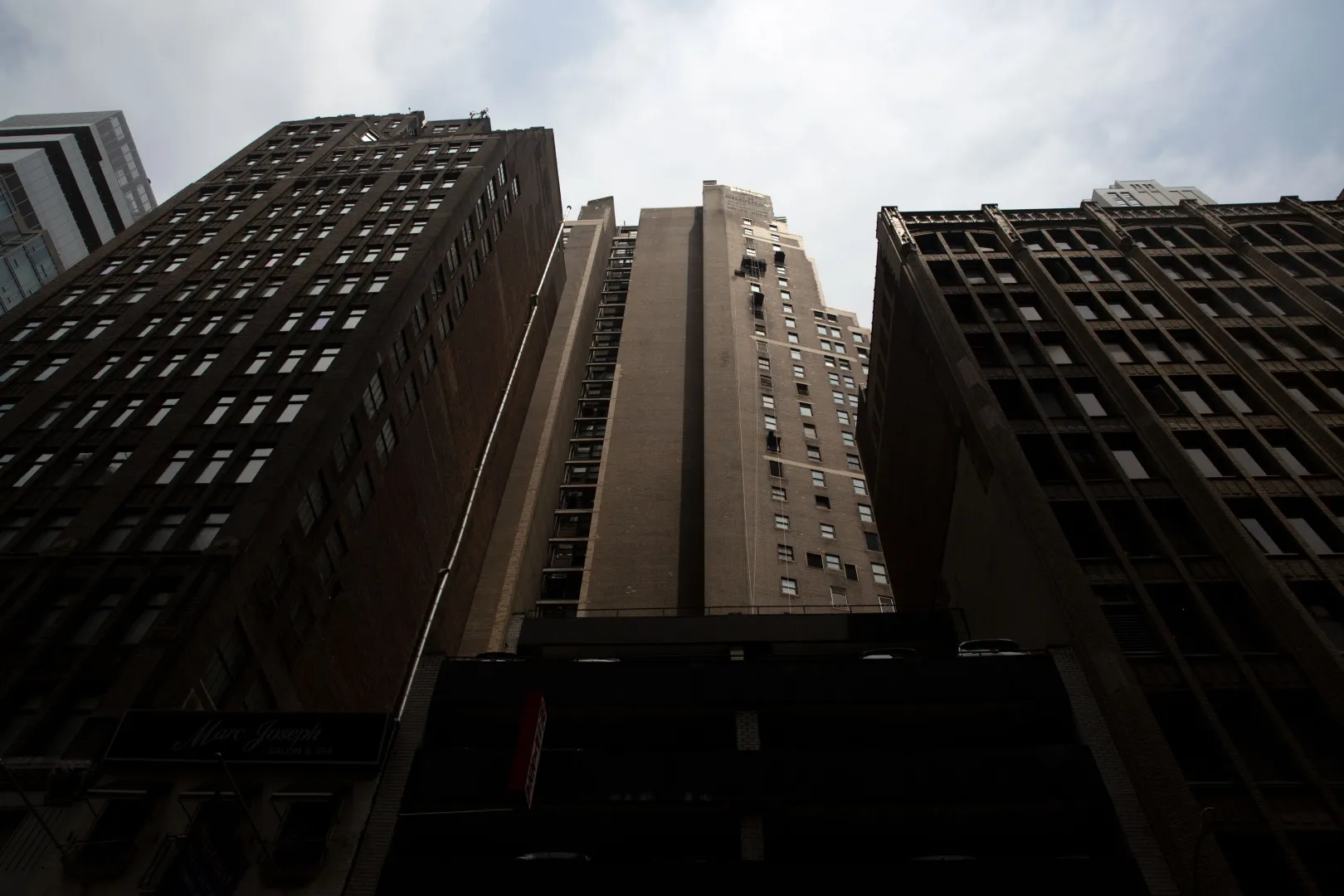City Building Owners Anticipating New 2024 Environmental Regulations
Local Law 97 puts carbon caps on buildings bigger than 25,000 square feet — the city’s largest source of greenhouse gas emissions. With the rules still in draft form, landlords are trying to figure out what they need to do now.

 This article was originally published on by THE CITY.
This article was originally published on by THE CITY.
With just over a year before New York City’s climate law targeting buildings goes into effect, property managers and co-op board members are starting to look to the future, motivated by the looming deadline — and the threat of thousands of dollars in penalties.
Local Law 97, passed by the City Council in 2019, puts carbon caps on all buildings bigger than 25,000 square feet — the city’s largest source of greenhouse gas emissions — including some grocery stores, distribution centers, offices and several kinds of apartment buildings.

Brooklyn Boro
View MoreNew York City’s most populous borough, Brooklyn, is home to nearly 2.6 million residents. If Brooklyn were an independent city it would be the fourth largest city in the United States. While Brooklyn has become the epitome of ‘cool and hip’ in recent years, for those that were born here, raised families here and improved communities over the years, Brooklyn has never been ‘uncool’.